Ready to break the ice with some winter wisdom? Educators, this winter trivia challenge is tailor-made for you and your students! As students get back into the semester groove, it’s essential to keep their attention in the classroom. Beyond being a fun activity, this trivia offers an engaging way to teach about winter’s wonders.
Did you know marshmallows were once used as a medicinal syrup? That’s right! Winter isn’t just cozy nights by the fireplace or snowball fights. It’s a season filled with fascinating facts, age-old traditions, and mysteries waiting to be unraveled. Today, I invite your classroom to join me on a journey through a winter wonderland of trivia.
So, educators, grab your cocoa, encourage your students to put on their thinking caps (make sure they’re warm ones!), and let’s dive into some cool winter wisdom bound to surprise and educate them.
Winter’s Mysteries Unveiled:
A 20-Question Adventure
Defrost your students’ curiosity and test knowledge with these 20 questions spanning history, science, and culture. Ready for the challenge? Let’s begin!
Winter Quiz
1. What was the original purpose of marshmallows before they became a popular candy?
The correct answer is
b) medicinal syrup and ointment. Originally,
marshmallows were made from the root sap of the
marsh mallow plant (Althaea officinalis), combined with sugar and egg white. This concoction served as a medicinal syrup and ointment, known for its soothing properties to treat ailments like sore throats, coughs, and skin irritations. Over the years, the use of marshmallows transitioned from medicinal to culinary, evolving into the sweet treat we know today.
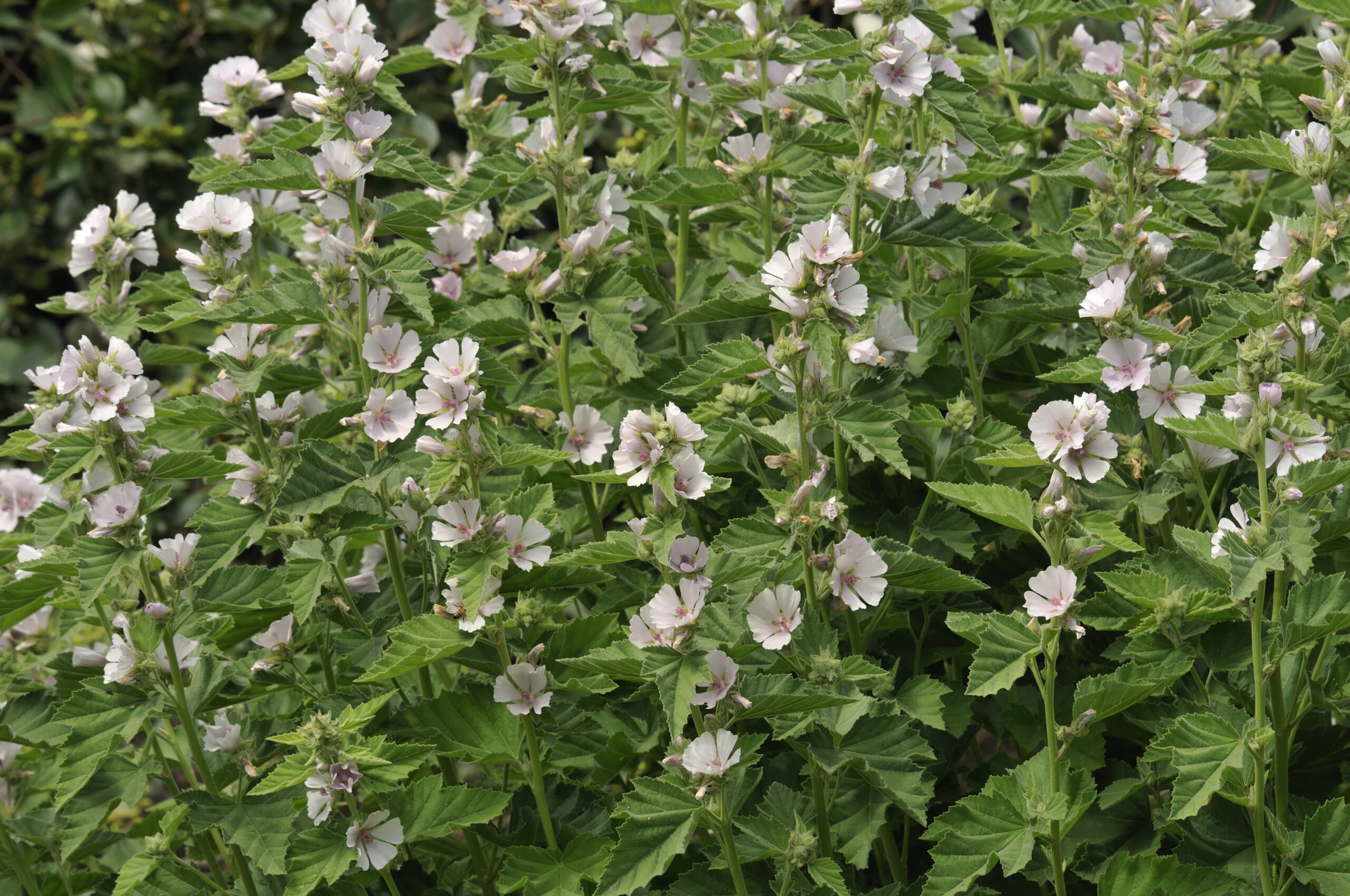 © Whiskybottle/Dreamstime.com
© Whiskybottle/Dreamstime.com
Winter Quiz2
2. What percentage of Earth's surface is covered by snow either permanently or temporarily?
The correct answer is
b) 23 percent.
Snow, in its solid form, covers approximately 23 percent of Earth's surface, either permanently in places like the polar ice caps or temporarily during certain seasons in various regions. This snow coverage is vital in reflecting sunlight and influencing the planet's weather patterns and ecosystems.
Score: 0
Winter Quiz3
3. How many times does the winter solstice happen each year?
The correct answer is
a) 2. The
winter solstice occurs twice annually: once in the Northern Hemisphere around December 21 or 22, when the Sun's path is farthest south, and once in the Southern Hemisphere around June 20 or 21, when the Sun's path is farthest north. This event marks the shortest day and the longest night of the year in each respective hemisphere. The winter solstice also signifies the beginning of the winter season.
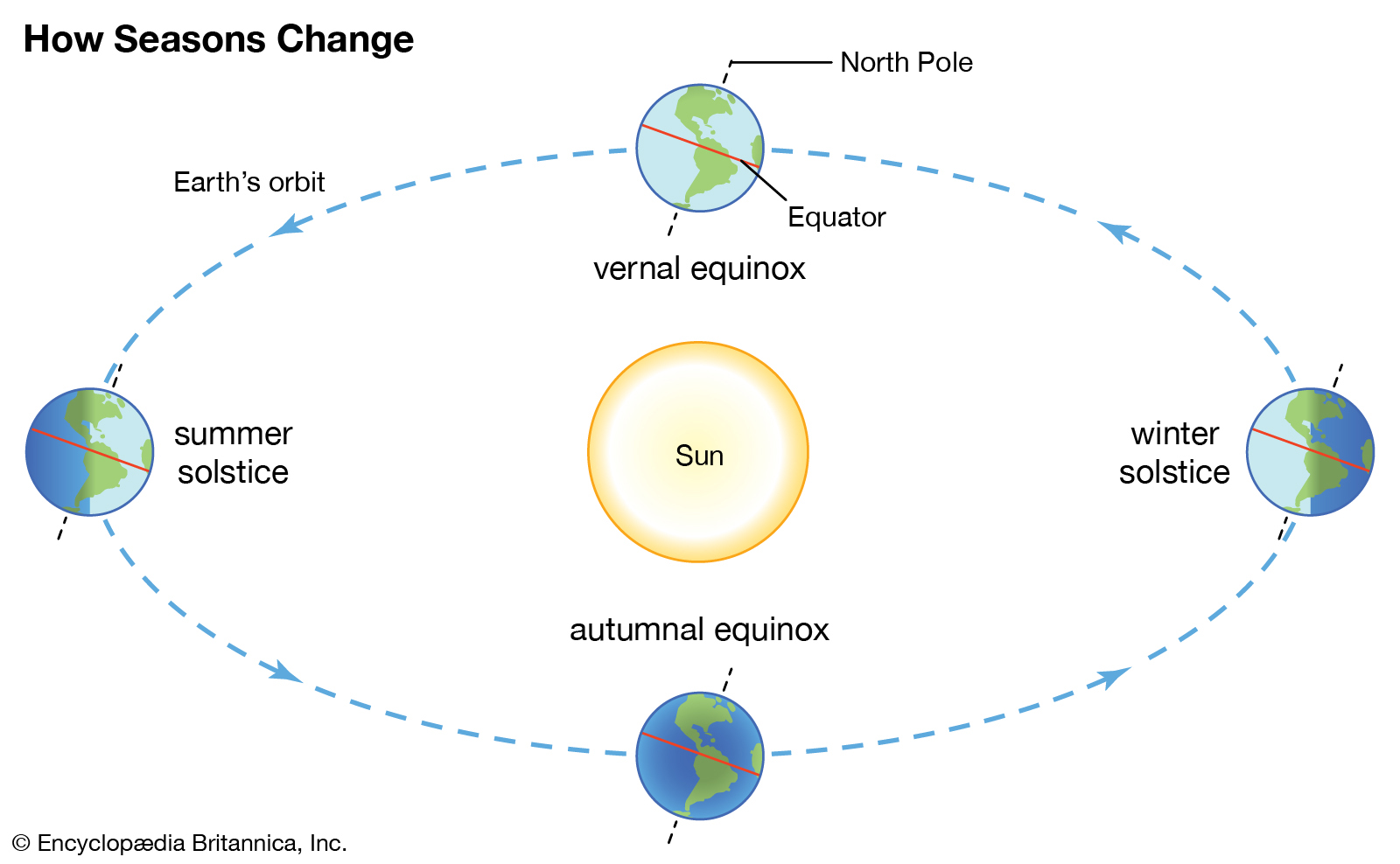
Score: 0
4. How do snowflakes form?
The correct answer is
c) around dust at temperatures above −40 °C, influenced by temperature and water vapor. Snowflakes form from ice crystals that generally have a
hexagonal pattern, and the surrounding temperature and the amount of water vapor available mainly influence their development
Winter Quiz5
5. What is the name of the northern lights, a natural light display in Earth's sky, predominantly seen in the polar regions?
The correct answer is
c) Aurora Borealis. Also known as the
northern lights, the
Aurora Borealis illuminates Earth's upper atmosphere in the Northern Hemisphere's high latitudes. This display results from solar wind particles interacting with atmospheric atoms, producing radiant curtains, arcs, and bands in colors like greenish-blue and red. The phenomenon stems from charged particles colliding with oxygen and nitrogen atoms, emitting distinctive radiation.
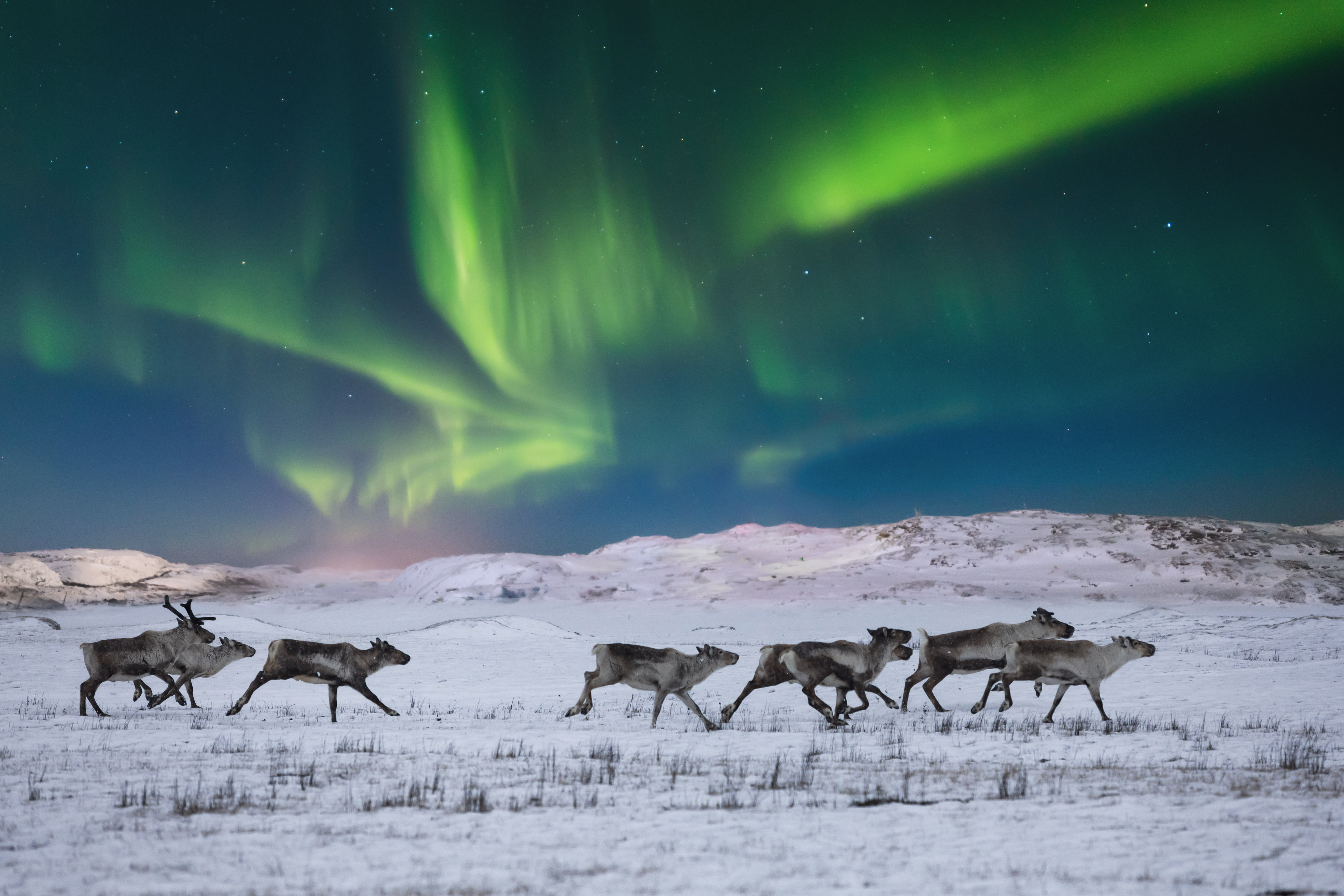 © Anton Petrus—Moment/Getty Images
© Anton Petrus—Moment/Getty Images
Winter Quiz6
6. Another word for "a person who travels to an area of warmth and sun, especially in winter" is a:
The correct answer
a) sunseeker. We have been calling people who travel south for the winter sunseekers since the middle of the 20th century. Sunseekers are doing a form of
migration.
7. Which of these is a form of small-sled racing in which the rider lies on their back and steers by subtle leg and shoulder movements?
The correct answer is
d) lugeing. Lugeing, or luge tobogganing, is a distinct form of small-sled racing. Unlike other sled sports where steering typically involves handles or significant shifts in body weight, luge requires athletes to use subtle leg and shoulder movements to navigate the track. This sport demands precision, balance, and courage, especially considering that lugers can achieve speeds of up to 90 miles per hour, all while being mere inches from the icy surface.
8. Which winter holiday is celebrated sometime between January 21
and February 20?
The correct answer is
d) Lunar New Year. Celebrated in many Asian countries, this holiday marks the beginning of the lunar
calendar year. Its date varies but falls between January 21 and February 20. Predominantly known as the Spring Festival in
China (see
Chinese New Year), traditions include house cleaning, family reunions, special foods, and giving red envelopes. The celebrations culminate with the Lantern Festival. The holiday has ancient origins, with legends like the beast "Nian" warded off with red decorations and loud noises.
 © Toa55—iStock/Getty Images Plus
© Toa55—iStock/Getty Images Plus
9. What year was the first Winter Olympics held?
The correct answer is
c) 1924. The International Winter Sports Week, the first Winter Olympics, occurred in
Chamonix, France, from January 25 to February 5, 1924. The
International Olympic Committee (IOC) initially sponsored this event as an athletic meet and did not officially sanction it as an
Olympic Games. However, due to its success and organization, the IOC acknowledged its importance. As a result, they established the Winter Games, and people now recognize Chamonix as the site of the first Winter Olympics.
Winter Quiz4
10. What happens on the winter solstice?
The correct answer is
b) the Sun travels the shortest path through the sky. The
winter solstice is when the
Sun's path is shortest in the sky, leading to the longest night and shortest day of the year. In the Northern Hemisphere, this occurs around December 21 or 22, and in the Southern Hemisphere, around June 20 or 21. This event, marking the start of longer days, is celebrated in many cultures as a time of rebirth.
Score: 0
11. Which game is similar to ice hockey and is played almost exclusively in the Scandinavian countries, the Baltic states, and Mongolia?
The correct answer is
b) bandy. Bandy resembles
ice hockey and is popular in Scandinavian countries, the Baltic states, and Mongolia. Teams have 8 to 11 players on skates who use curved sticks to hit a ball on a large rink. The game started in 18th-century England, and many consider it the forerunner of modern ice hockey.
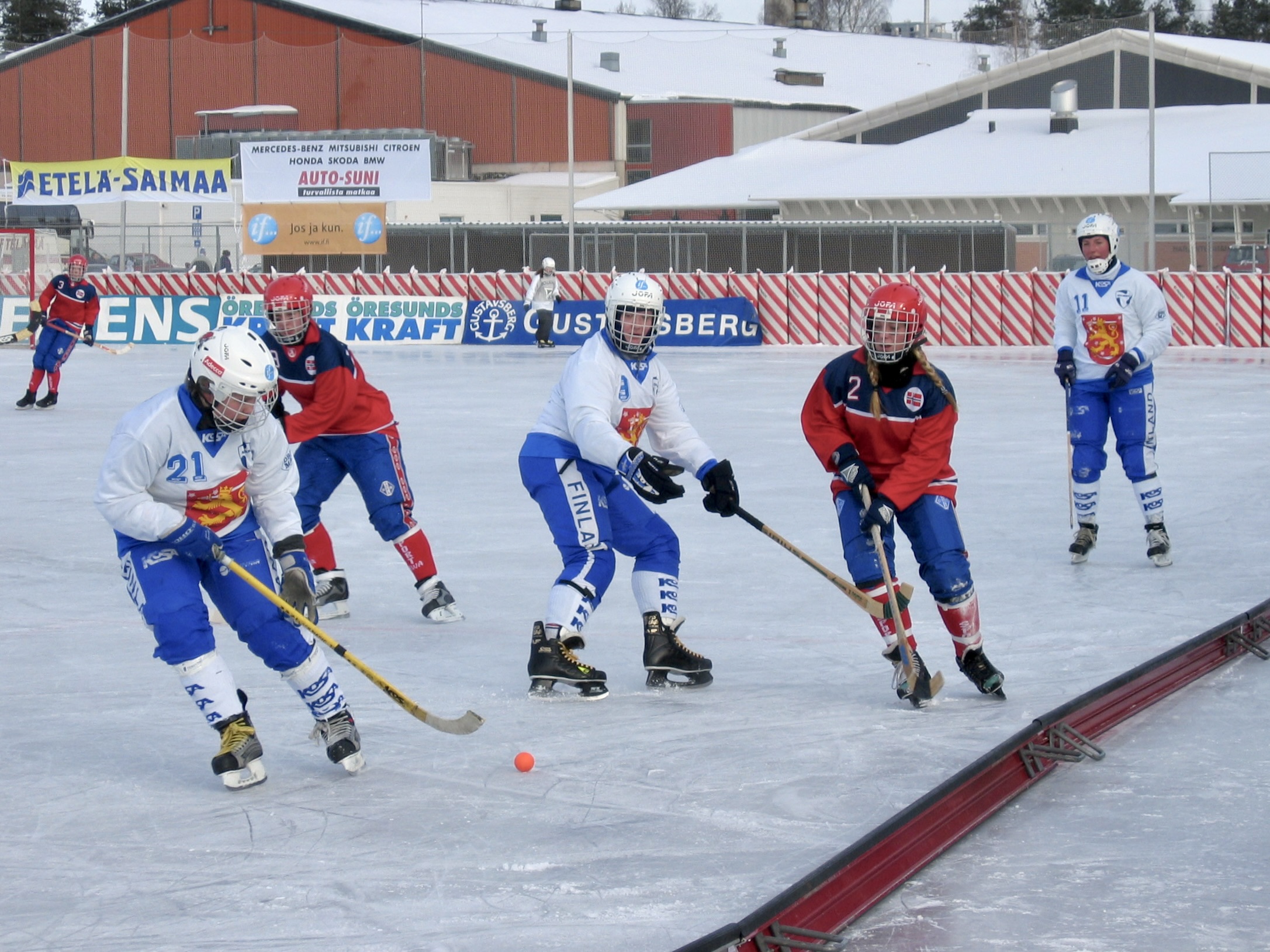 Scissorhill
Scissorhill
12. Which of the following best describes the phenomenon within the Arctic Circle during the winter solstice?
The correct answer is
c) The sun does not rise for the entire day. On the day of the
winter solstice in the
Arctic Circle, the region experiences 24 hours of constant darkness, the shortest day and the longest night of the year. This results from the Earth's axial tilt, which causes the polar regions to tilt away from the Sun during the winter months, leading to extended periods of darkness.
13. The largest continental glacier, or ice sheet, in the Northern Hemisphere covers most of which island?
The correct answer is
c) Greenland. The major physical feature of
Greenland, the world’s largest island, is its massive continental glacier, or ice sheet. The Greenland Ice Sheet is second only to Antarctica’s in size. It covers nearly 85 percent of Greenland’s total land area.
14. Who dominated dog sled racing in the 1980s and early 1990s, winning the Iditarod four times?
The correct answer is
b) Susan Butcher. A trailblazer in
sled-dog racing,
Susan Butcher's dedication to the sport was evident from a young age, training dogs by the age of 16. Her prowess led her to win the grueling
Iditarod Trail Sled Dog Race in Alaska four times during the 1980s and early 1990s, marking her as one of the sport's legends.
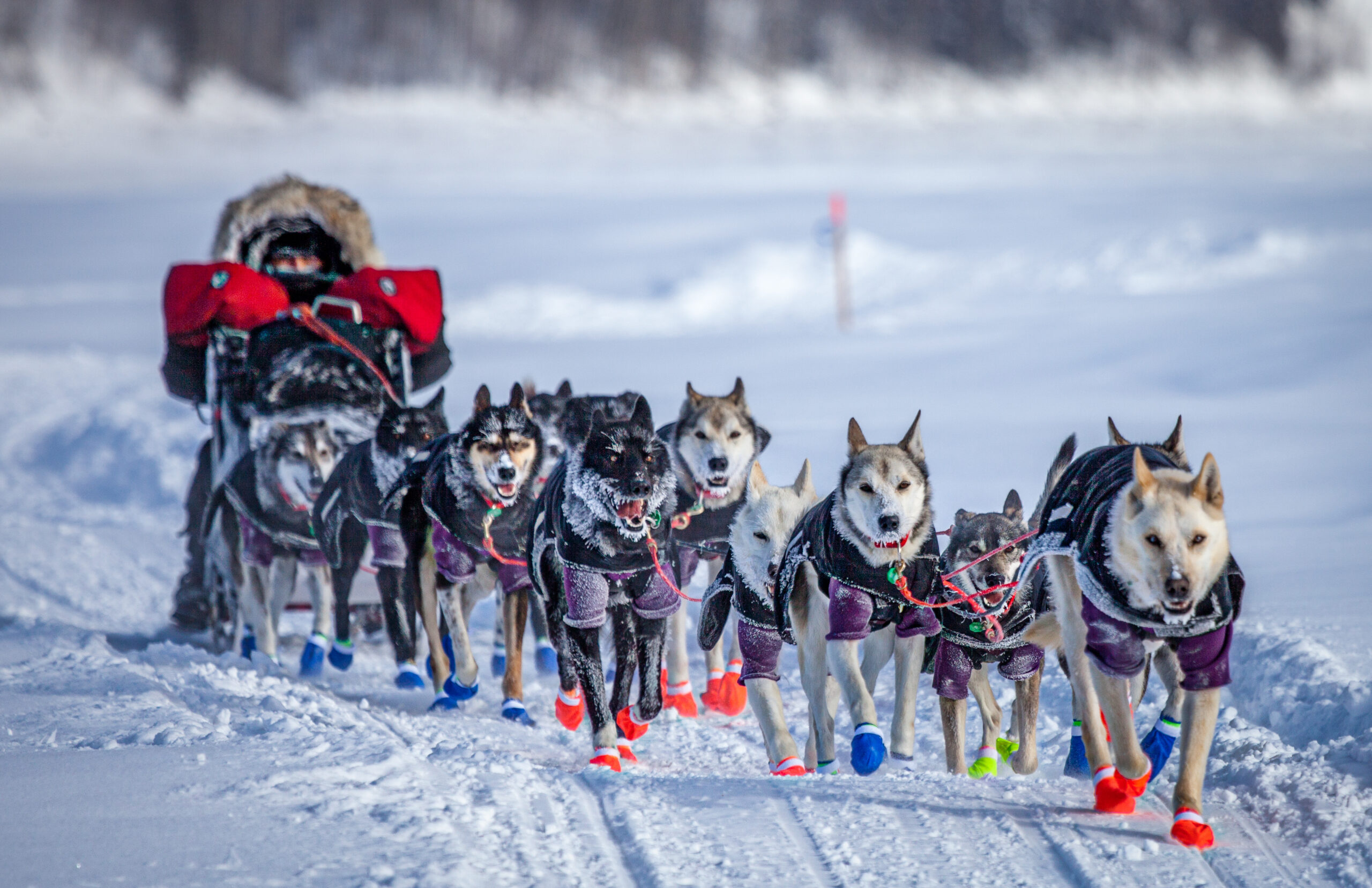 ©Troy/AdobeStock
©Troy/AdobeStock
15. What's the best thing to do when you see corn snow?
The correct answer is
d) grab your skis. Corn snow refers to granular snow that is formed by alternate thawing and freezing.
Skiers are happy to find it when they can’t get powder—the fine, dry, light snow that experienced skiers live for.
16. During the Harbin Ice Festival in China, people visit immense ice structures that are lit up with:
The correct answer is
b) neon lights. During the
Harbin Ice Festival in China, visitors can explore massive ice structures and sculptures beautifully illuminated with colorful neon lights, creating a stunning and magical winter wonderland.
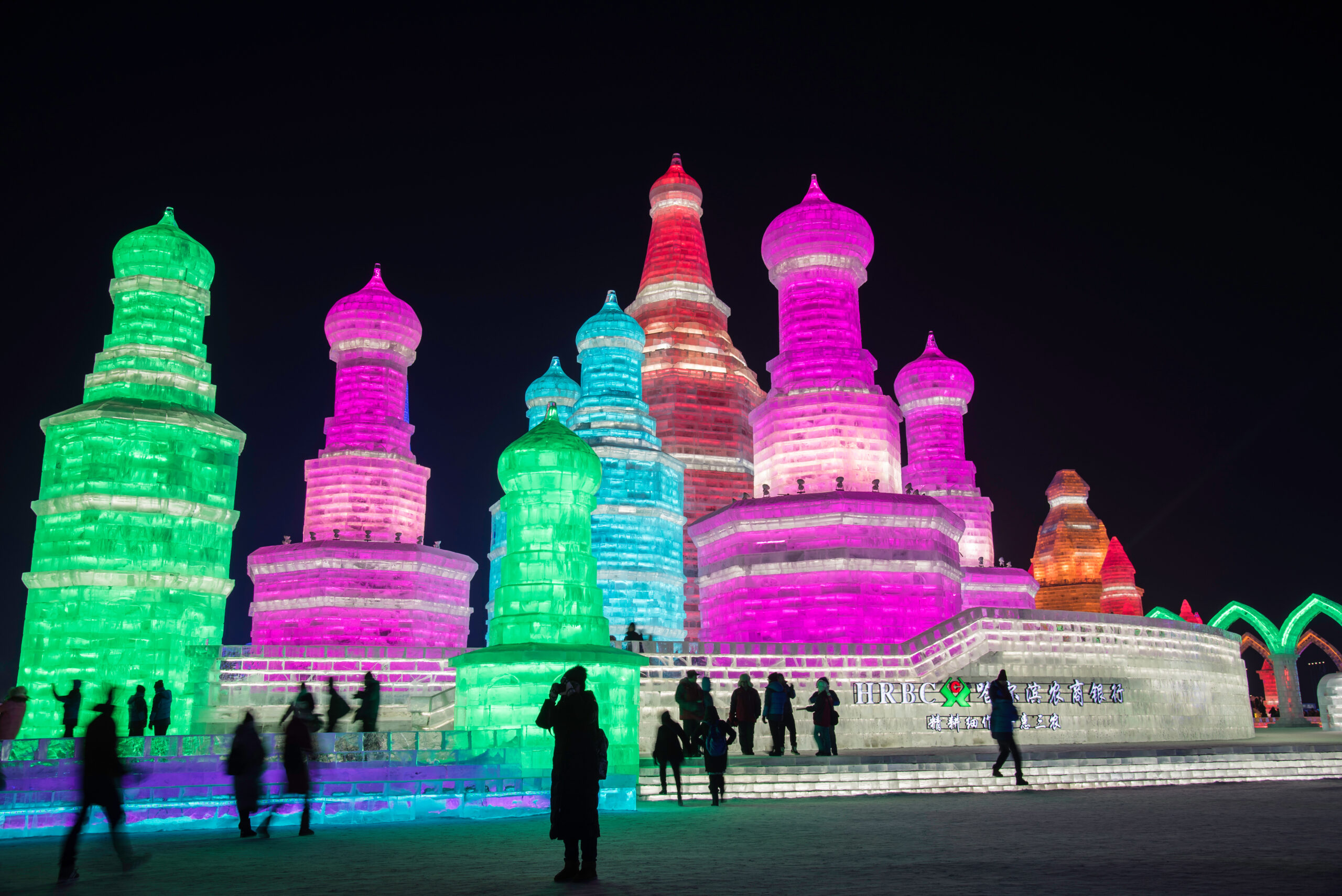 © analysis121980/AdobeStock
© analysis121980/AdobeStock
17. Which animals are considered true hibernators, undergoing significantly reduced metabolic activity during winter?
The correct answer is
b) hedgehogs and bats. True
hibernators, such as
hedgehogs,
bats, and certain rodents, enter a state during winter where their body temperature drops close to 0° C (32° F), respiration slows down to a few breaths per minute, and the heartbeat becomes barely perceptible. This state allows them to conserve energy and survive the harsh winter conditions.
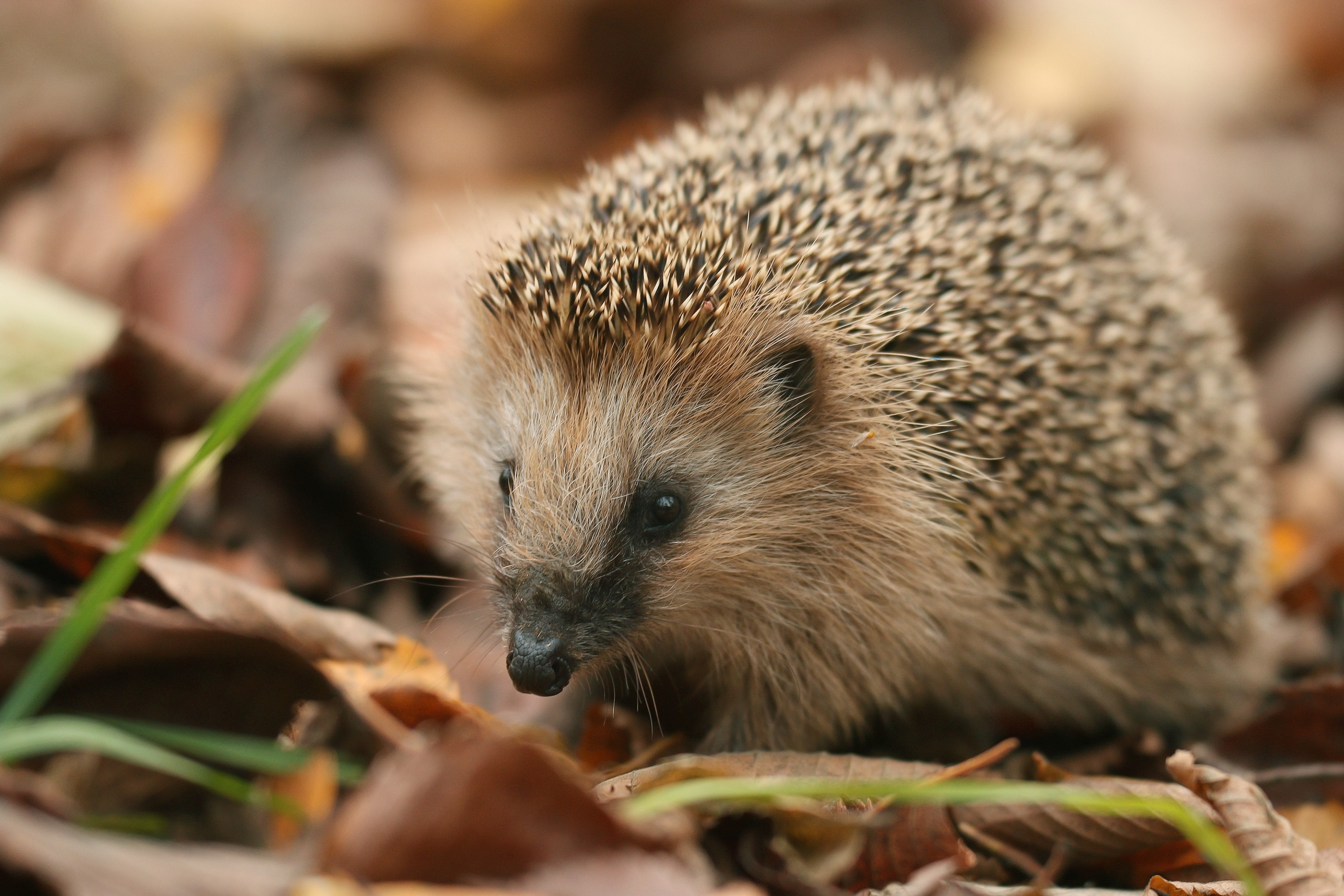 © kichigin19/stock.adobe.com
© kichigin19/stock.adobe.com
18. Immigrants from which nationality introduced the tradition of Santa Claus to the Americas?
The correct answer is
b) Dutch. Dutch immigrants brought the legend of
Saint Nicholas, or Sinterklaas, to New Amsterdam (now New York City). They celebrated this tradition by giving gifts and sweets to children on Saint Nicholas’ feast day, December 6. The figure of Sinterklaas later transformed into the modern-day
Santa Claus, who delivers gifts to children worldwide on Christmas Eve.
Winter Quiz7
19. What is the name of the sledding sport that requires riders to travel headfirst with their faces just inches above the icy course?
The correct answer is
a) skeleton sledding. In the winter sport of
skeleton sledding, athletes sled headfirst and prone, often on tracks shared with bobsled events. This exhilarating and risky sport sees competitors racing with their faces mere inches from the ice, reaching speeds of over 129 km (80 miles) per hour.
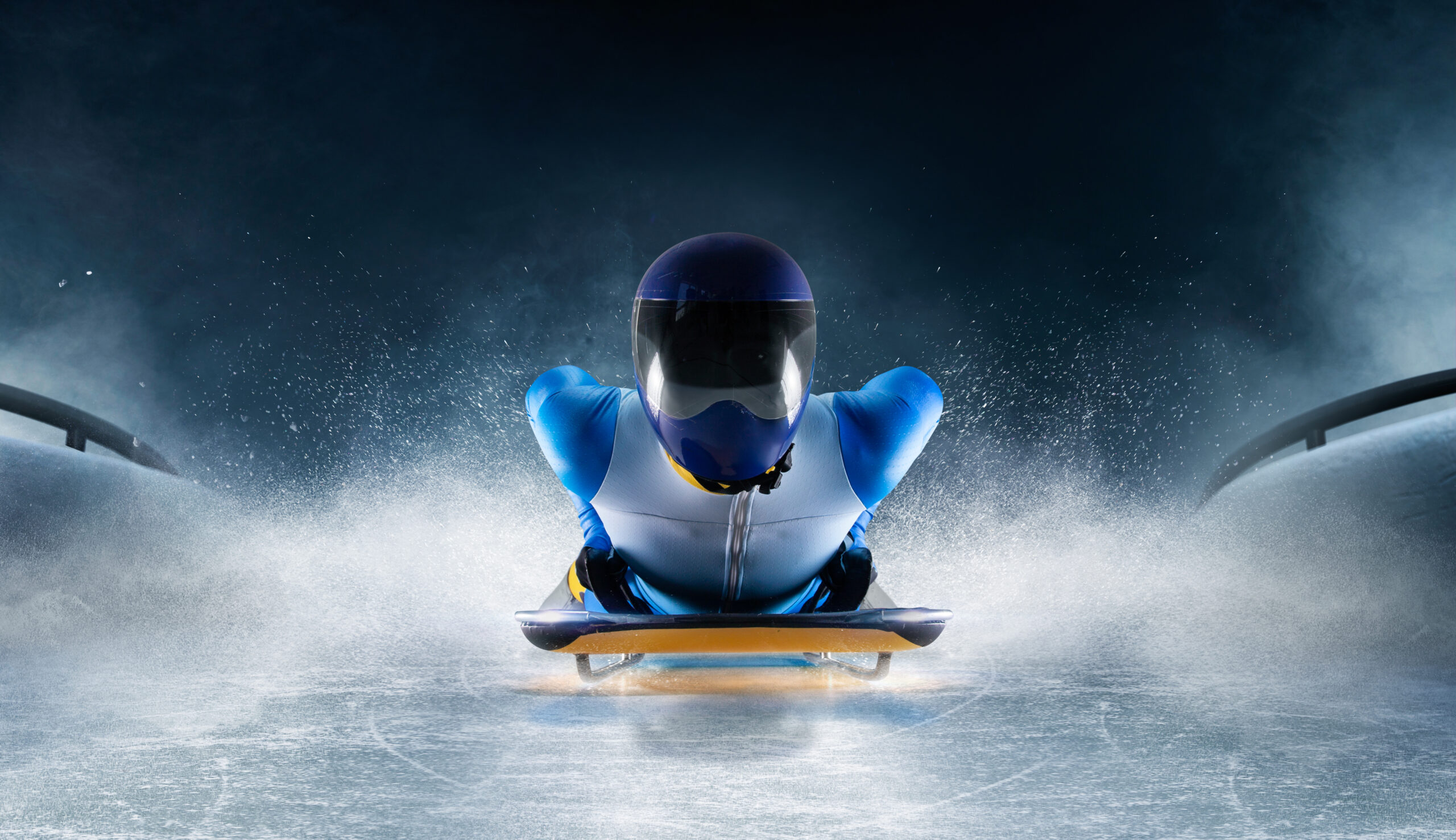 © VIAR PRO studio/AdobeStock
© VIAR PRO studio/AdobeStock
20. Where did speed skating originate?
The correct answer is
d) the Netherlands. The Netherlands is the birthplace of
speed skating, which may have started as early as the 13th century. The sport gained international organization by the late 19th century and made its debut in the Winter Olympics for men in 1924 and for women in the
1960 Olympic Winter Games. The Netherlands remains central to its rich history and evolution.
 © Whiskybottle/Dreamstime.com
© Whiskybottle/Dreamstime.com

 © Anton Petrus—Moment/Getty Images
© Anton Petrus—Moment/Getty Images
 © Toa55—iStock/Getty Images Plus
© Toa55—iStock/Getty Images Plus
 Scissorhill
Scissorhill
 ©Troy/AdobeStock
©Troy/AdobeStock
 © analysis121980/AdobeStock
© analysis121980/AdobeStock
 © kichigin19/stock.adobe.com
© kichigin19/stock.adobe.com
 © VIAR PRO studio/AdobeStock
© VIAR PRO studio/AdobeStock

